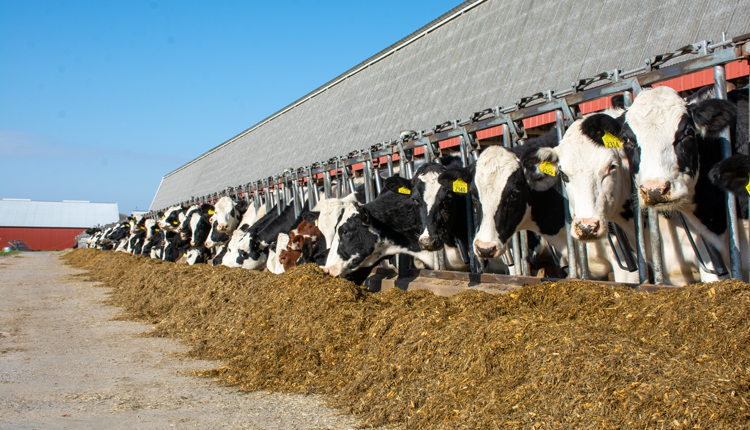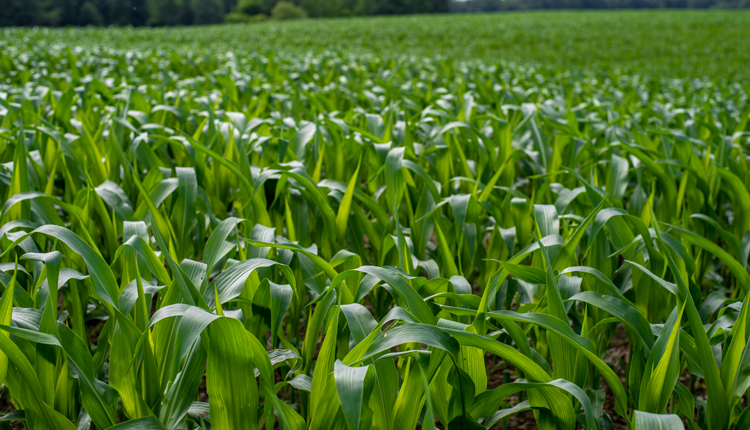
The best way to house calves has been a recurring topic of discussion over the last decade or so among many dairymen. For many years, individual housing of dairy calves has been the most common housing option at farms across America. With industry standards changing faster than ever, the idea of paired housing has been getting more consideration.
In a recent webinar conducted by the Cornell Cooperative Extension, dairy specialists Lindsay Ferlito and Camila Lage had the opportunity to connect with Jennifer Van Os, an assistant professor and extension specialist at the University of Wisconsin-Madison, on the topic of paired housing.
When asked about her thoughts on paired housing compared to individual housing, Van Os stated, “This has become an industry expectation in certain regions of the world in the last few years . . . The word has kind of spread and so people are asking questions about this practice.” For example, in Europe after the first week of life, calves must be in a group house setting — not in isolation, ruling out individual housing as a whole. These new regulations that have been put into place have American dairy farmers questioning if they will have to adapt to these new methods someday.
There has been a lot of research that has taken place over the last decade on housing options for calves and how they perform. Van Os stated, “No study has ever found that calves housed in pairs or groups perform worse than individually housed calves, in terms of growth and starter intake.” She also pointed out that there are a lot of benefits to group housing versus individual housing, one being better cognitive development. Because they are a herd species, calves can learn social skills, how to interact appropriately, and how to communicate with their species better in a group setting.
As for physical development, Van Os explained that group housed calves performed better in terms of starter intake. This translates into better growth, along with helping the farm’s bottom line.
Another benefit Van Os identified was that with more eyes on dairy farmers than ever before, public perception of paired housing is also seen more favorably and boosts consumer confidence. Van Os said, “This is part of the puzzle that we call social sustainability and the future of the industry.”
One challenge that was discussed in group housing was cross-sucking, which can happen in any group setting, even after weaning. Cross-sucking is defined as the sucking of any body part of pen mate calves. This can be attributed to how they are fed their milk as preweaned calves, and how much they are fed. To reduce cross-sucking, Van Os recommended offering the correct milk allowance or feeding calves with a nipple instead of a bucket.
Although group housing is growing in popularity, it may not be suitable for everybody’s operation. Van Os explained, “First thing we ask is if your farm is ready in terms of state of calf health.” Do you have sound calf management to implement these changes? Are you meeting health benchmarks like mortality rate and successive transfer of passive immunity?
To help answer these questions, Van Os provides a free resource guide at https://animalwelfare.cals.wisc.edu/calf_pairing/. One of the areas she addresses is how to adapt to housing with the resources that you have available, which can be one of the biggest challenges on a farm. Her biggest piece of advice when thinking about transitioning to pair or group housing was, “Don’t take a big leap from management that works well.”
The next version of the National Dairy FARM Program that is set to be implemented in July 2024 will not explicitly expect farms to house calves in a group setting, but the future is unknown, Van Os noted.






